Report • September 2024 • By Lars Esdal, with Addy Welch, Laura Potter, Mengchen Su, Sara Kemper, and Alyssa Parr
As goes the old adage, what gets measured gets done. Assessments set the “goal posts,” intertwining with learning and influencing decisions by educators, administrators, and families.
This paper asks: how can statewide assessments and academic standards—both influential and required by federal law—best support education to be more equitable and student-centered?
Over 70 students, educators, parents, and assessment experts informed nine concrete recommendations, detailed in the full report and summarized below on this page.
Summary of Recommendations

RECOMMENDATIONS AREA 1
State Academic Standards as a BEACON:
Imagine a More Focused Model of Learning Progress
Academic standards are our state’s highest-level assertion of what students should know and be able to do. They also form the “blueprint” that determines what is on statewide assessments.

Write standards and benchmarks to model “learning progressions.” They should better reflect modern learning science in terms of how students grow in knowledge, skills, literacy, and numeracy—both within and across grades.

Increase the rigor and focus of standards, while reducing overall quantity. A too-long “laundry list” of standards and benchmarks, many focused on rote tasks rather than applied skills, harms their overall rigor and focus.
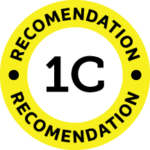
Create a state “Portrait of a Graduate.” State standards don’t explicitly center skills critical for life, like collaboration, creativity, and resilience. A portrait would assert the state’s support for such skills, and provide a helpful grounding framework.
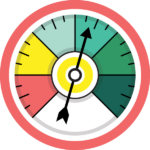
RECOMMENDATIONS AREA 2
Grade 3-8 Assessments as a BAROMETER:
Imagine a More Equitable, Growth-Focused “System Check”
We found no fundamentally different and better way to approach required grade 3-8 assessments. We suggest they still serve as a barometer or “system check”—albeit one that’s more equitable and focused on growth.

Involve youth in test development and prioritize cultural relevance. Tests shouldn’t trip students up on cultural or linguistic context they may not have.
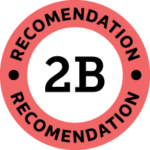
Accelerate the release timeline (and user-friendliness) of test results. Schools need smoother access to preliminary data in real-time to inform planning. Students and families need their results earlier, while they still feel relevant.

Prioritize measuring GROWTH in the design of the Grade 3-8 MCA. Proficiency is absolutely important as an end goal. But growth is the best (and only) way to get there.

RECOMMENDATIONS AREA 3
High School Assessments as a BRIDGE:
Imagine “Badges” as Causes for Celebration (and Credit and Jobs)
Minnesota needs a fundamentally better approach to high school assessments—one that gives reasons for celebration not stress; covers deeper, applied skills; and more equitably builds bridges to what’s next.

Launch a high school “badging” system. Imagine “Scouting badges,” but oriented around academic content, applied competencies, and career skills. Badges would be awarded by educator teams after assessing learning evidence against carefully created rubrics and performance assessments.
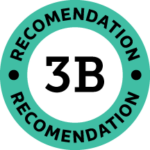
Expand acceptance of badges by colleges and employers. Students could use their earned badges to receive college credits, or gain access to employment opportunities.
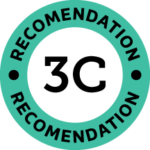
Ultimately seek federal waiver to use badges as the high school MCAs. After results have been shown to be consistent among badges and MCAs, continuing to do both would be duplicative.
The changes recommended here won’t be easy. They will require Minnesota to step into a leading role, nationally. But they are certainly possible. And our young people deserve them.